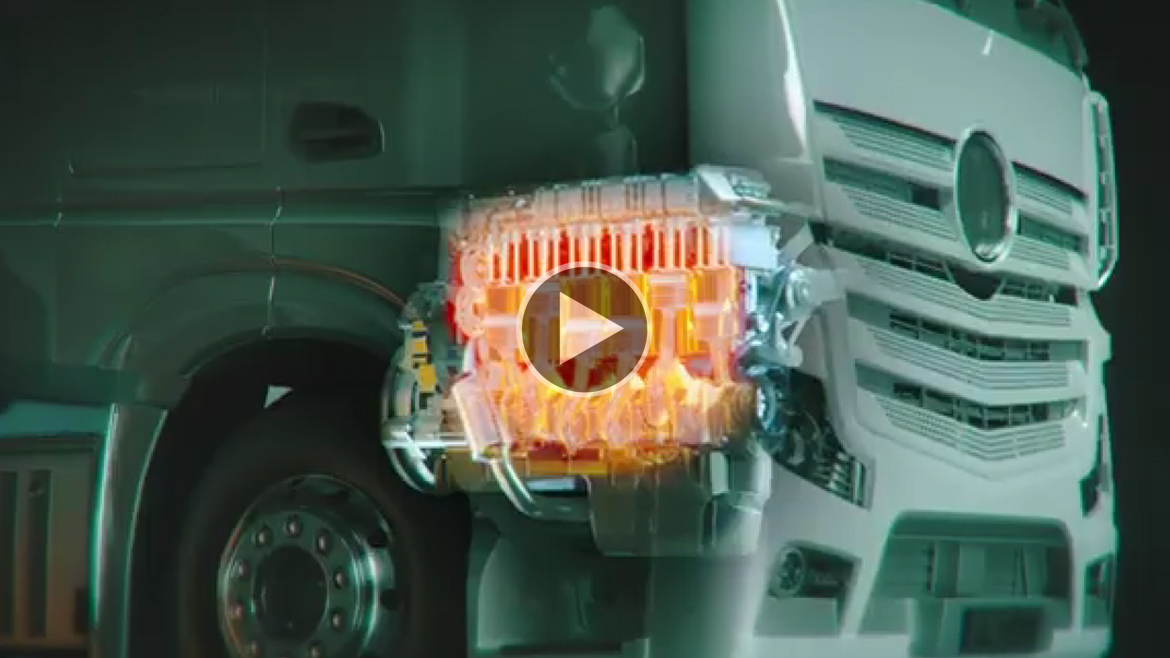May 17, 2022
Posted by Nigel Britton, Technical Manager, Commercial Engine Lubricants, Jonathan Marshall, Senior Test Development Engineer
For more information, please contact your Lubrizol representative.
Video Transcript
The OM471 piston cleanliness test is included the ACEA 2022 E categories and represents the latest in European commercial vehicle engine technology.
This test was developed by Mercedes-Benz in corporation with lubricant industry partners.
The OM471 is designed specifically to test the performance of lubricating oils against piston deposits. Excessive piston deposits can lead to increased oil consumption blowby, loss of power and excessive wear that could lead to engine damage.
The OM471 is a EURO VI, six cylinder engine and is the latest generation in Mercedes-Benz engine in service today.
It's a 12.8 litre engine developing 375 kilowatts peak power and 2500 Newton meters peak torque. It has fitted into the Mercedes-Benz Actros truck and one of the major differences in the hardware is the introduction of a steel piston. This steel piston has been mandated because of the increase in pressure and temperature within the cylinder.
Aluminium Pistons show very good performance characteristics. However, the advantages of using steel Pistons are improved fuel economy performance by having less friction, high torque management, long durability, and improved total cost of ownership.
The test is operated over a 600 hour duration and also includes many stop/start events to represent severe application of vehicles in the field. To ensure good test repeatability, a known fuel is used. It is a biodiesel containing 7% biofuel and is used solely for all candidate testing within the OM471.
At the end of the test, the pistons are rated for a piston deposits. The rating result has to exceed the limits defined in the ACEA category. There is no maximum criteria, the ACEA specification only specify a minimum.
The OM471 does replace an existing test, the OM501LA. ACEA recognized a gap in the industry as there was no steel piston cleanliness test. The OM471 now fulfils that need for the marketplace. And it's part of the Mercedes-Benz Heavy Duty Engine Platform – HDEP and will be globally available in the Latin America, European and Asian markets.
The introduction of the OM471 test into the ACEA heavy duty categories provides owners and operators of modern commercial vehicles, with total confidence that high performance lubricants are tested and validated using the latest Euro VI engine technology.








